Traditions
Field Notes XXXIII: How the largest cavalry charge in the history of warfare resulted in a Christmas cookie.
Welcome to Field Notes!
This is the Christmas edition of Field Notes. We will take a break from nature, landscapes, backpacking, and adventure to try something a bit different. I hope you enjoy!
Lets go!
It was September and the year was 1683. Empires clashed and had been doing so for hundreds of years. The Ottoman Empire to the East had been growing in power and influence, expanding into Western Europe. The city of Vienna, Austria held them back.
The city was central to the Holy Roman Empire and occupied a key piece of geography along the Danube river. A siege by the Ottomans more than 100 years prior failed. Vienna built fortifications after that event, but in July 1683 the Ottoman Turks returned with a massive army and the intent to take it.
The Holy Roman Emperor Leopold fled the city, taking 60,000 with him. The Duke of Lorraine withdrew, taking 20,000. Count Ernst Rudiger von Starhemberg remained, but with only 11,000 troops and 312 cannons to defend the city. The Ottomans demanded surrender.
Let him come; I’ll fight to the last drop of blood.
-Count Ernst Rudiger von Starhemberg
Two months later and the remaining Viennese were out of food, nearly out of ammunition, and were crippled by exhaustion. The Turks were digging trenches and mines to fill with explosives. Vienna’s walls had been breached in several locations. The situation was dire, but reinforcements were on the way. Would it be too late?
Cookies are the first thing that comes to my mind when I think of December. My mother baked a variety of Christmas cookies from scratch every year that I can remember. I’m sure she did so going even further back than my memories of childhood. As an Austrian immigrant, she made these cookies from traditional recipes handed down to her.
The finest amongst these cookies was one named ‘vanillekipferl.’ These pale, crescent shaped cookies were dusted in powdered sugar that melted on the tongue and made them look like mounds of snow. They were light and crisp, with a delicate taste of vanilla and almond. As a child, the anticipation of these cookies rivaled even the hope for Christmas presents.
Some summers we would visit relatives in Austria. My grandmother, Omi, would always greet us with a smile and a hug. But shortly thereafter, she would bring down a round yellow container from the pantry. Just seeing it caused my mouth to water. I knew that, even in mid summer, it was filled with vanillekipferl she had made for me and my sister.
Reinforcements arrived at Vienna on September 10. They were comprised of allies from various states in Western Europe pulled into action by treaties brokered by Emperor Leopold. They were led by King John III Sobieski of Poland, renowned for his victory against the Ottomans in years prior. The Duke of Lorraine commanded the Holy Roman Empire’s reinforcements. They approached through the Vienna Forest and on September 11, after a series of smaller clashes, had gained the high ground over Vienna.
The Ottoman troops were already worn down from 2 months of struggle in the siege. Sobieski and the Polish troops were delayed by terrain and in the predawn hours of September 12 the Ottomans initiated the fighting to disrupt troop placements. Lorraine counter-assaulted and the Battle of Vienna began in full. Fighting raged relentlessly throughout the day and step by step the Ottomans were losing.
In the late afternoon Lorraine considered pausing the battle and consolidating the day’s wins. However, there was an opportunity in the Ottoman troop array and Lorraine redoubled his assault.
At this point it is described that the Polish cavalry troops arrived emerging from the forest, and Sobieski ordered the charge.
Imagine the distant rumble heard by soldiers utterly exhausted from a desperate battle that had already persisted for hours. It began as a tremor in the earth that intensified with every racing heartbeat. Gunshots and cannon blasts erupted, yet somehow this din could not drown out the rising cacophony of horse hooves pounding the rough ground in a pitched charge. 18000 cavalry raced towards the Ottomans, spearheaded by Sobieski and 3000 winged Hussars.
Encased in glittering steel that covered head to thighs, with their tiger and leopard pelts fluttering in the wind and eagles’ wings affixed to their backs, the leading units of hussars presented an almost unearthly spectacle. Armed to the teeth with a 19-foot pennon-tipped kopia lance, a curved and a straight saber, four pistols, and a battle hammer, and mounted on a powerful armored steed, the hussar was the epitome of the Polish cavalier.
- Ludwig Heinrich Dyck
To this day, this has been the largest cavalry charge in the history of warfare. As it crashed into the Ottoman lines Count Ernst Rudiger von Starhemberg led his remaining troops out of Vienna to join the battle.
The Ottoman army was utterly routed and destroyed. Vienna had been saved.
Now, let us skip forward through the ages. The Ottoman Empire persists, but never again threatens Western Europe. The Holy Roman Empire morphs into the Austria-Hungarian Empire. In the early 20th Century both empires are destroyed by the devastation of the first World War and the populations that emerge are again ravaged by the madness of World War II.
Through all of these dramatic and pivotal events of history, the memories of the people involved remained and was passed down through the generations. You see, the legend is that in celebration of the victory at Vienna the people created a Christmas cookie. That cookie was the white crescent vanillekipferl, shaped in the image of the crescent moon symbol flown on the Ottoman flags.
And so, from the aftermath of this unimaginable cavalry charge to victory at Vienna, the secrets and traditions of making these cookies were handed down over hundreds of years, to daughters from mothers and grandmothers. This year the tradition was carried into the future as my own mother taught my daughter to make vanillekipferl.
Post script- There is a haunting dark side to this idea of memories persisting through the ages. Do any of these dates of the Battle of Vienna sound familiar to you? Well, the Ottoman Turks were Muslim and many viewed this battle as a time in history when the Christian West gained the upper hand over the armies of Islam.
Reinforcements arrived at Vienna and took the high ground on September 11. Some believe that al-Qaeda chose this as a symbolic date to launch terrorist attacks against the United States 318 years later, an event that redirected the course of my own life.
If you would like to read more about the Battle of Vienna, check out these references-
I hope this change of pace for Field Notes has been interesting. Next Sunday is Christmas Eve and I do plan to send out the next issue of Field Notes that day. However, it will likely be something from the back burner, since I anticipate being very busy in the week leading up. Have a great holiday season!
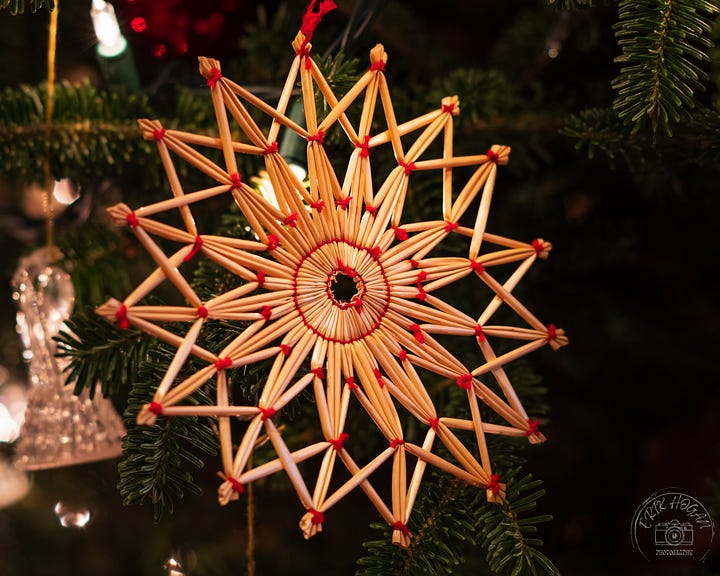
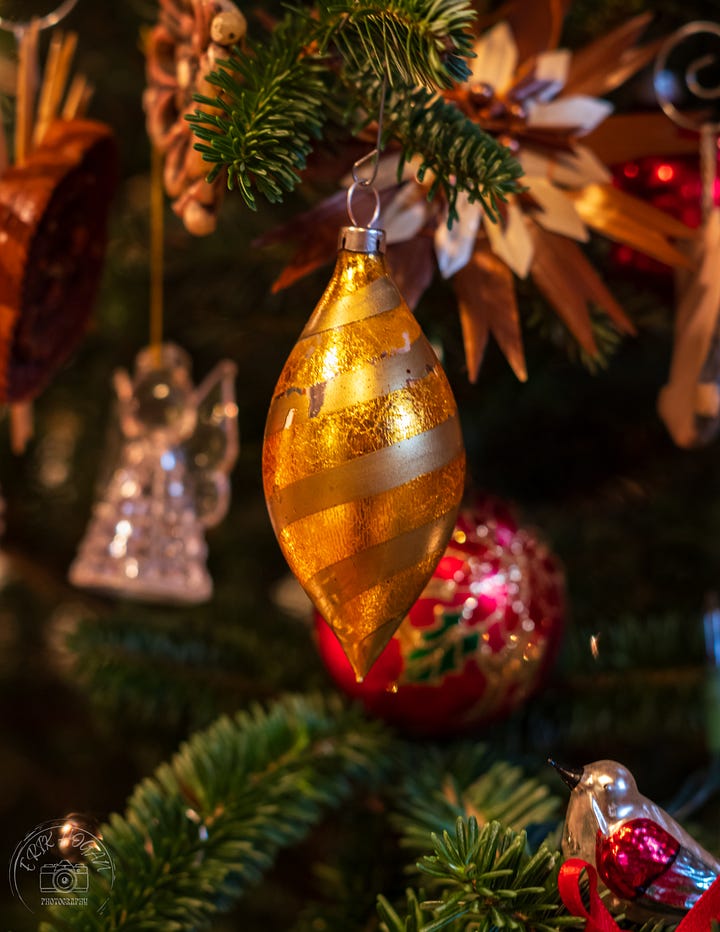
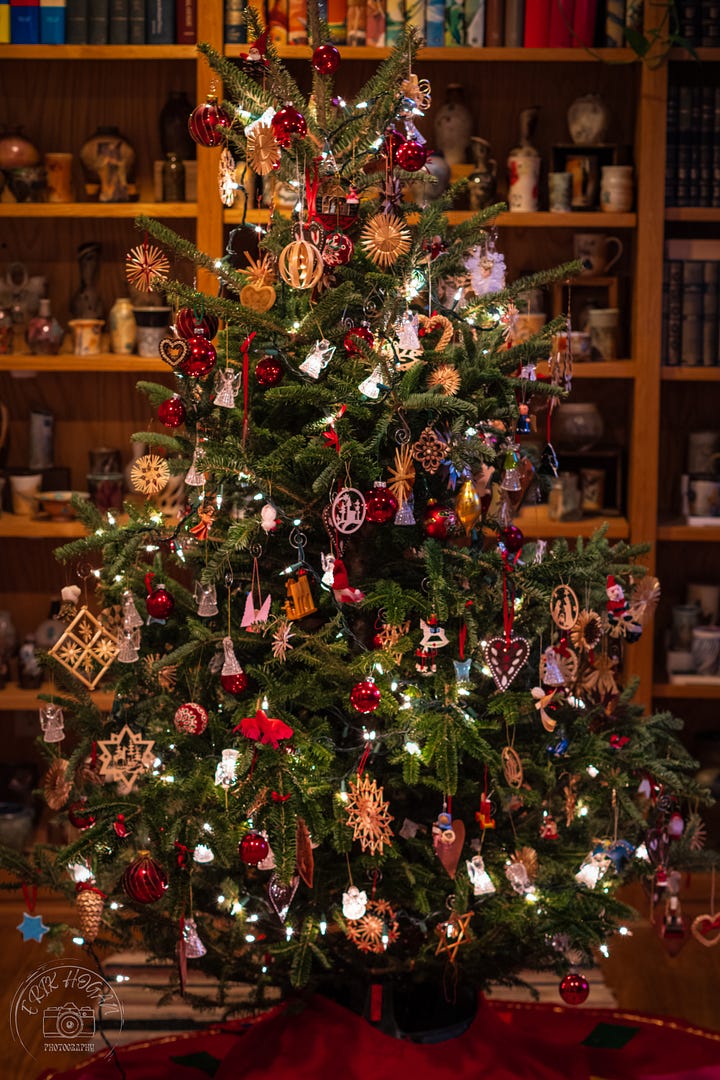
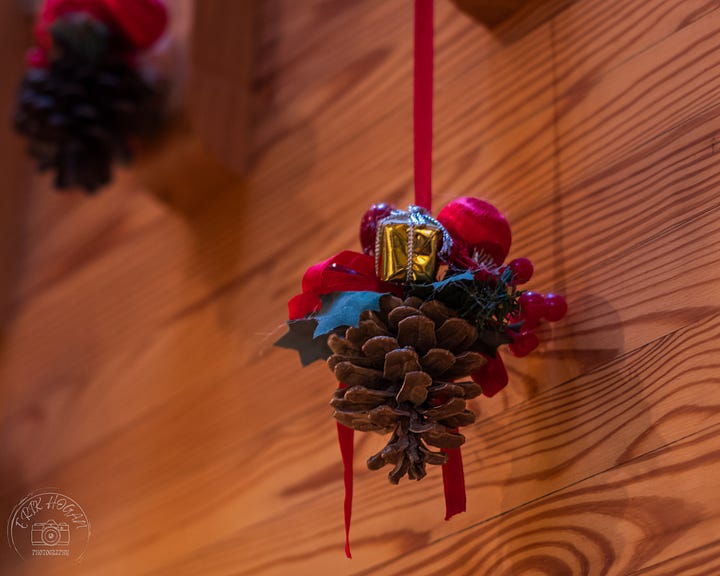
You can support my work here by sharing Field Notes. If you haven’t yet, jump on the Substack platform! You don’t have to be the creator of a publication and it will give you the chance to interact with me and other authors you read in the Notes, Chats, etc.
Also, don’t forget my 2024 Calendar-
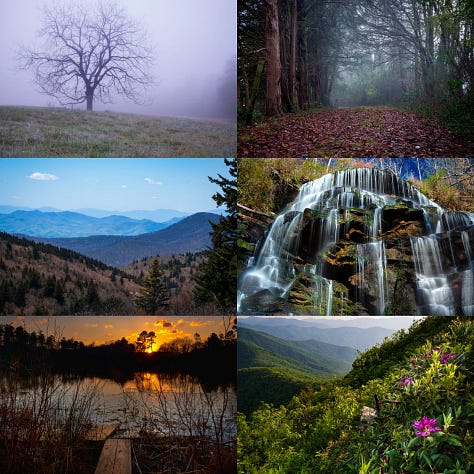


Thank you!
- Erik








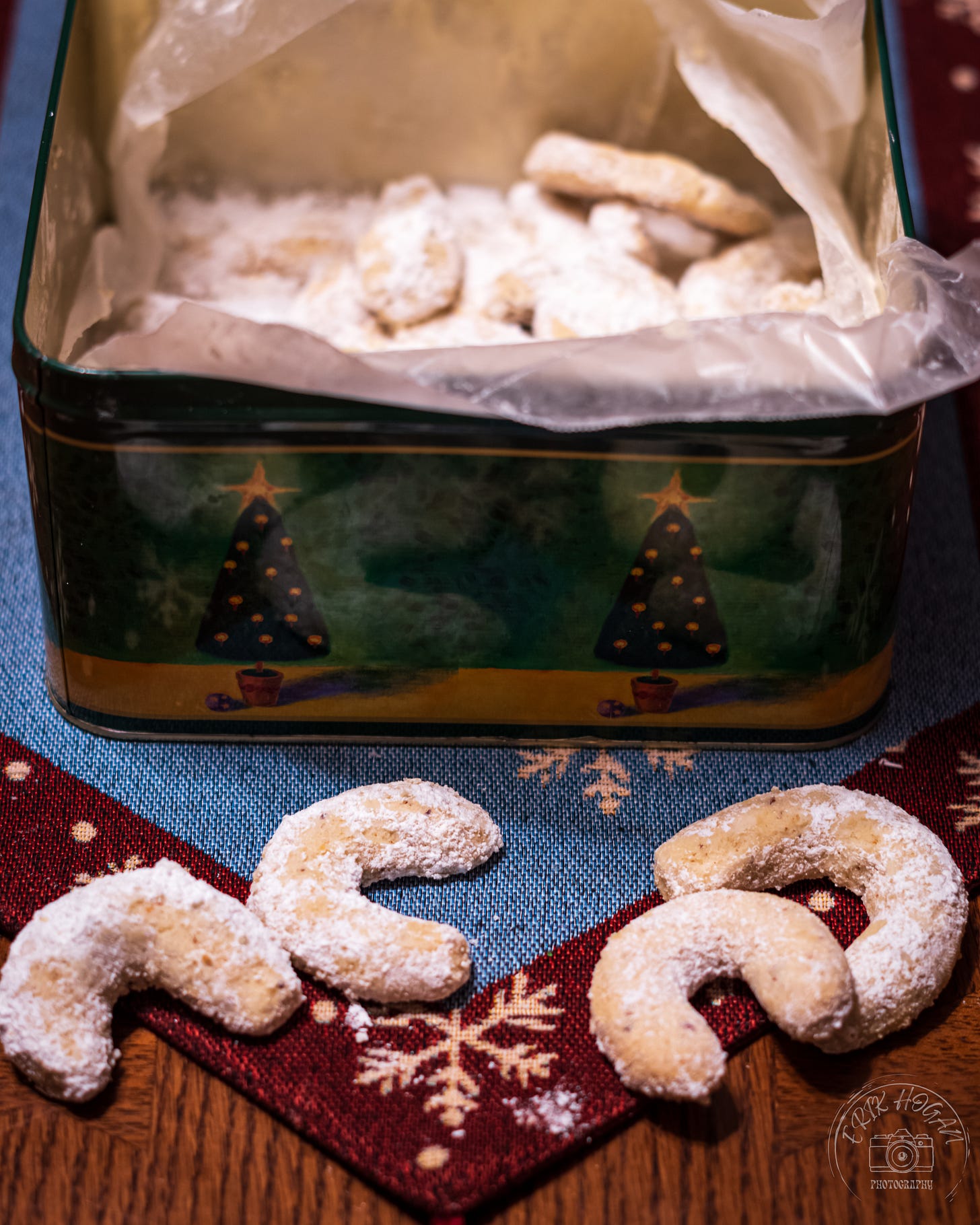
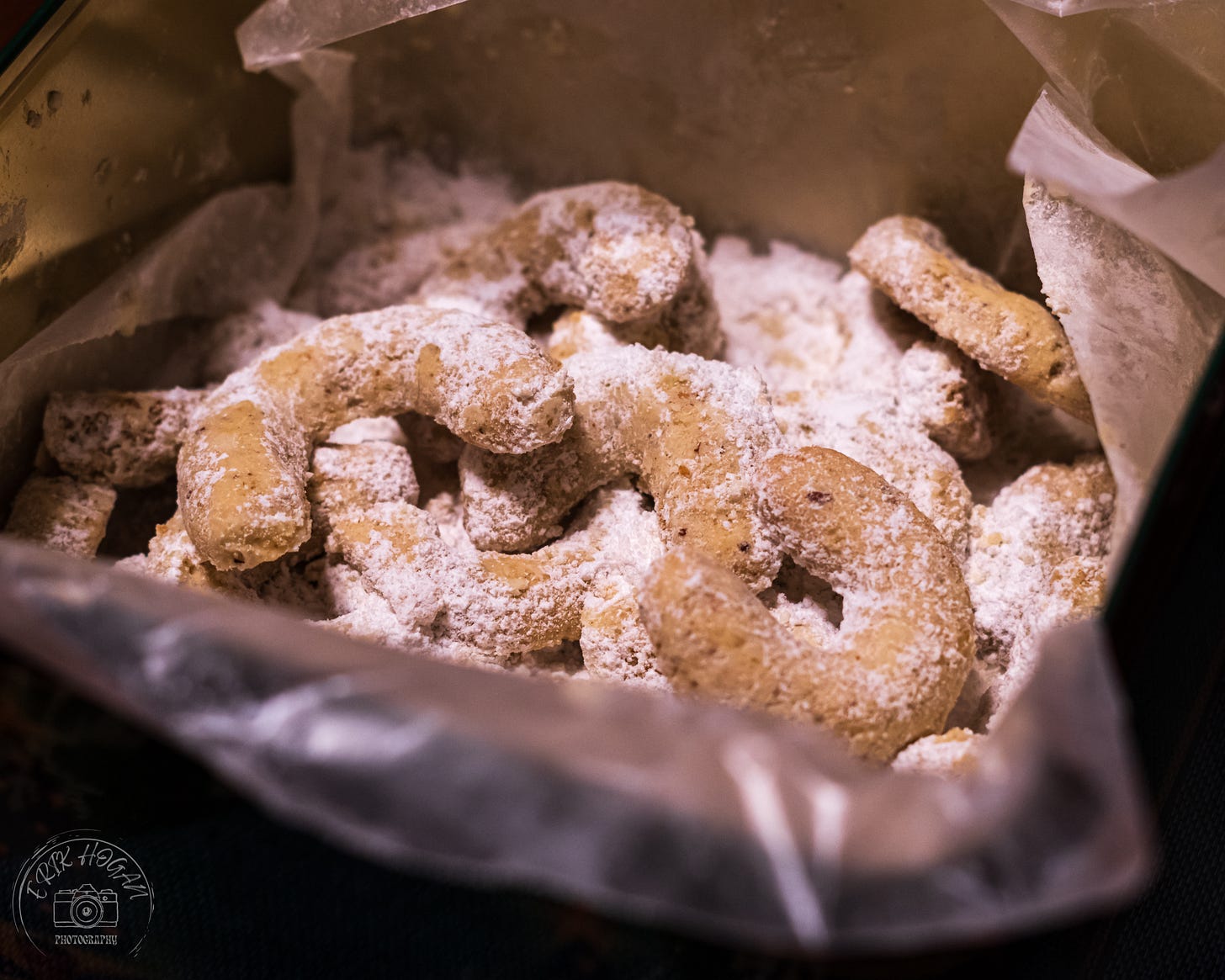



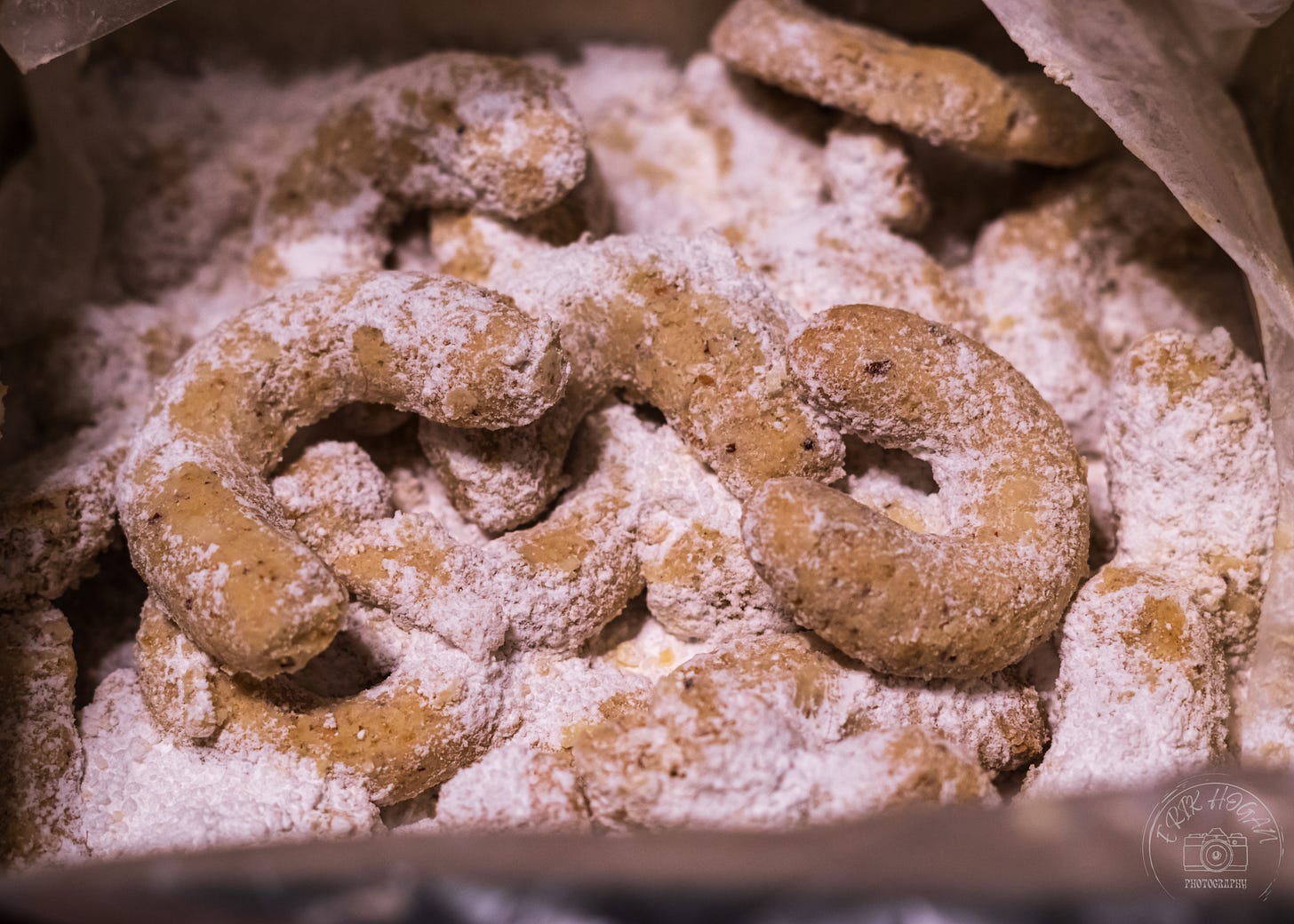


Thanks Eric - history and food always make for good stories. Merry Christmas
Oh, I loved this. This is one of my favorite types of things to read, and why I love Substack so much. Personal narrative intermixed with a big-picture lesson or explanation, opening my mind to a new layer of meaning: such fun for a slow Sunday read!